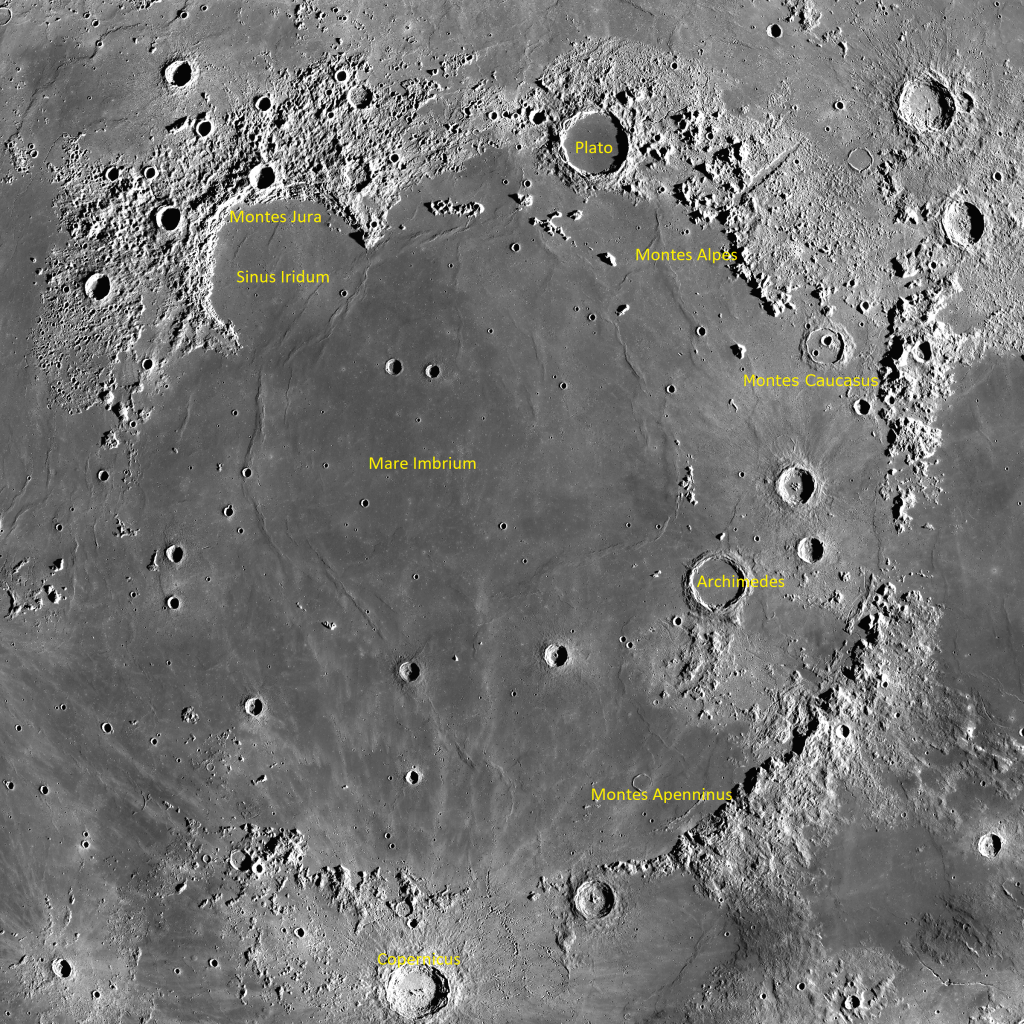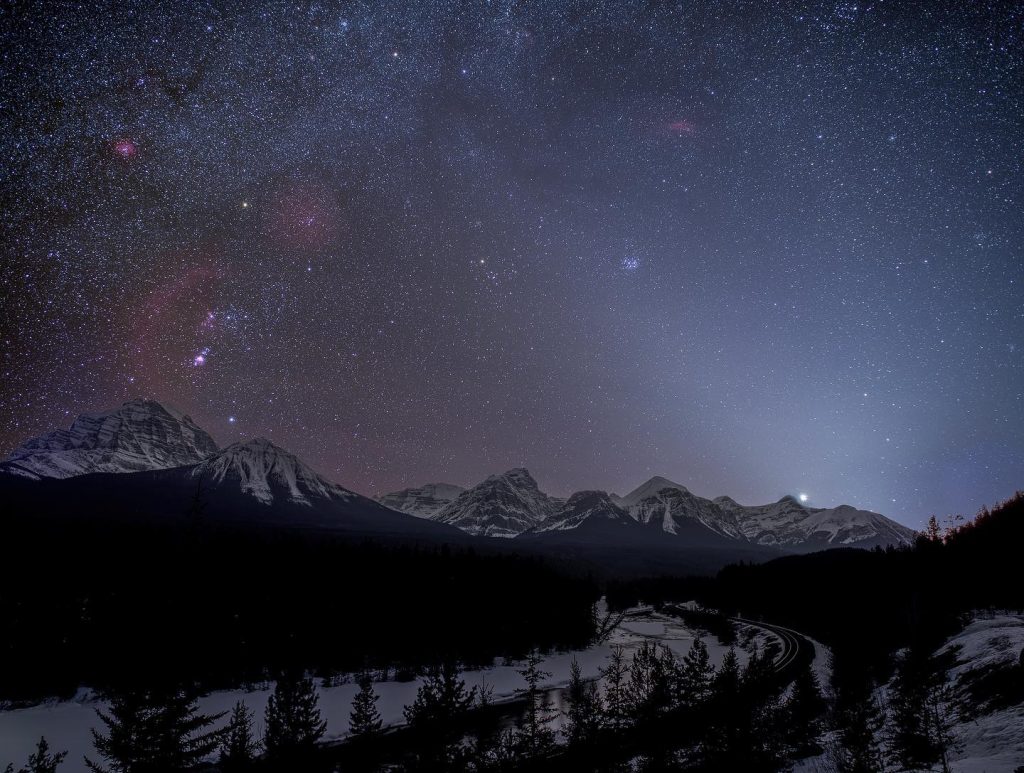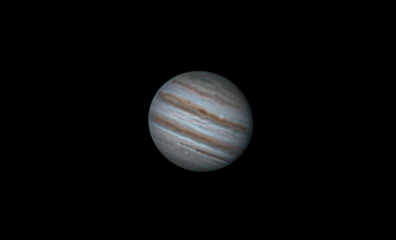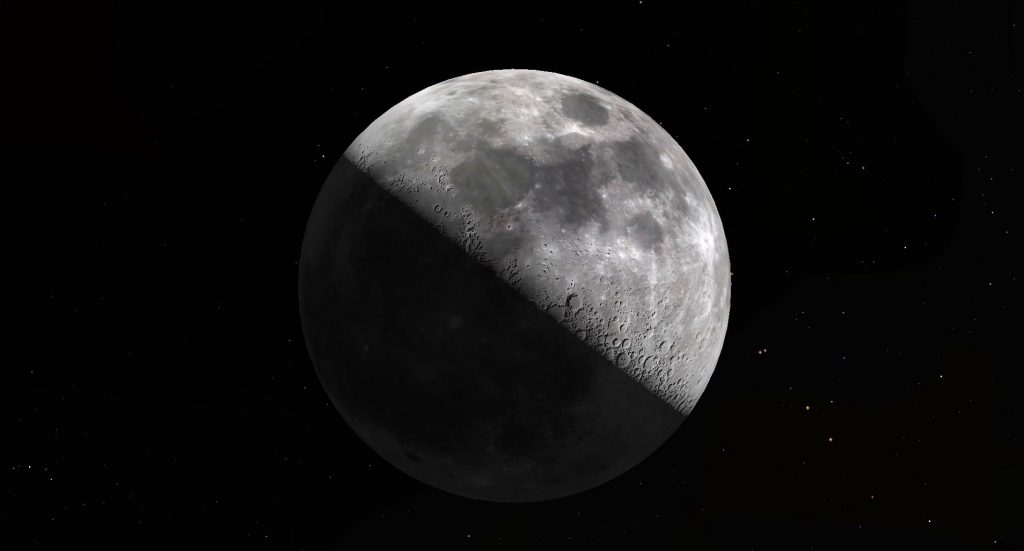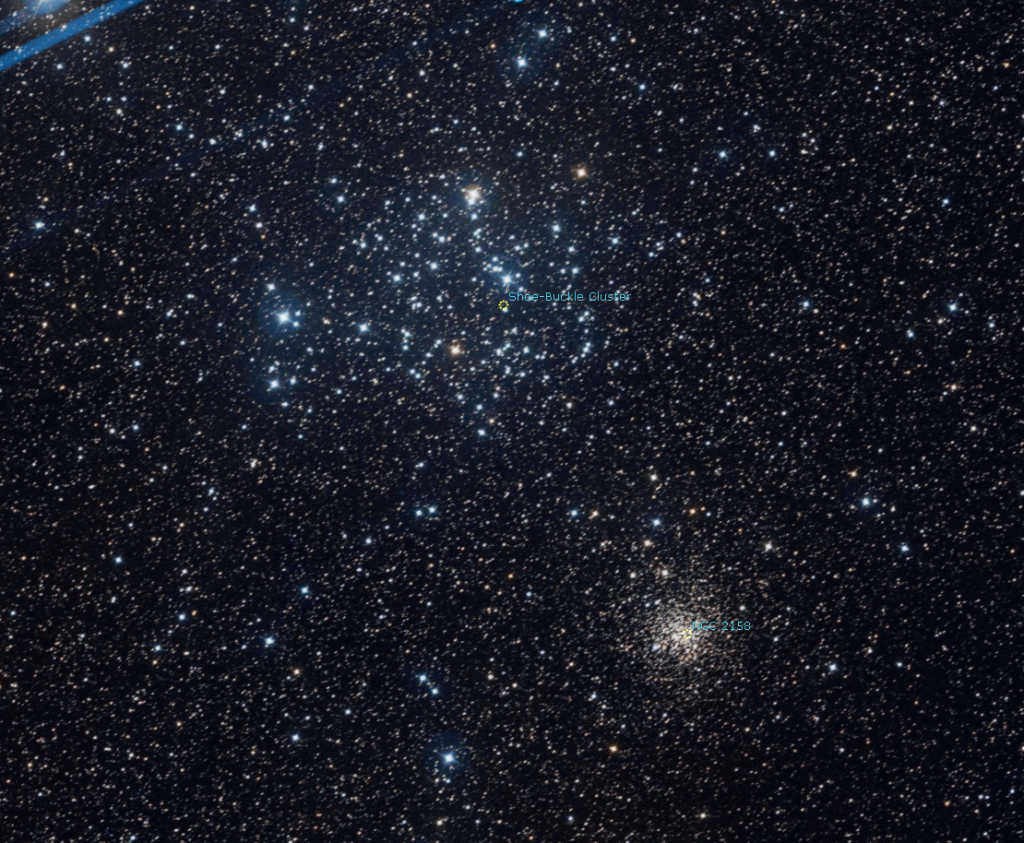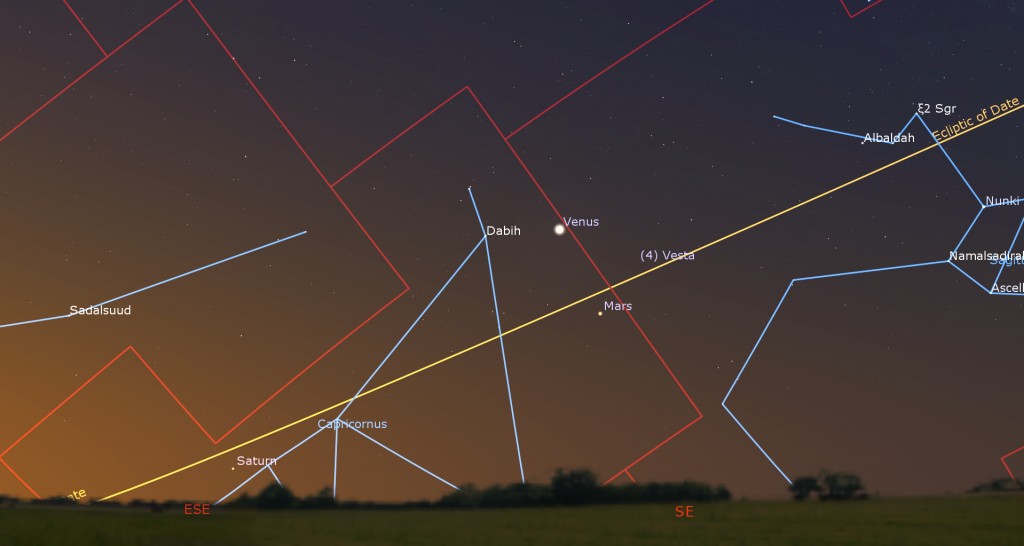Lunar sights Before the Pink Paschal Mini Moon Covers Spica, Uranus Sinks Out of Sight, and Venus Gleams in Morning!
This terrific image of the large craters Copernicus and Eratosthenes (on its right) was produced by Jerry Lodriguss on July 11, 2011 using a Celestron C11 telescope. Note the blanket of ejected material around Copernicus, its terraced interior rim, and central peaks. Jerry’s work can be enjoyed at his website www.astropix.com Hello, Moon-gazers! Here are…
Read more


